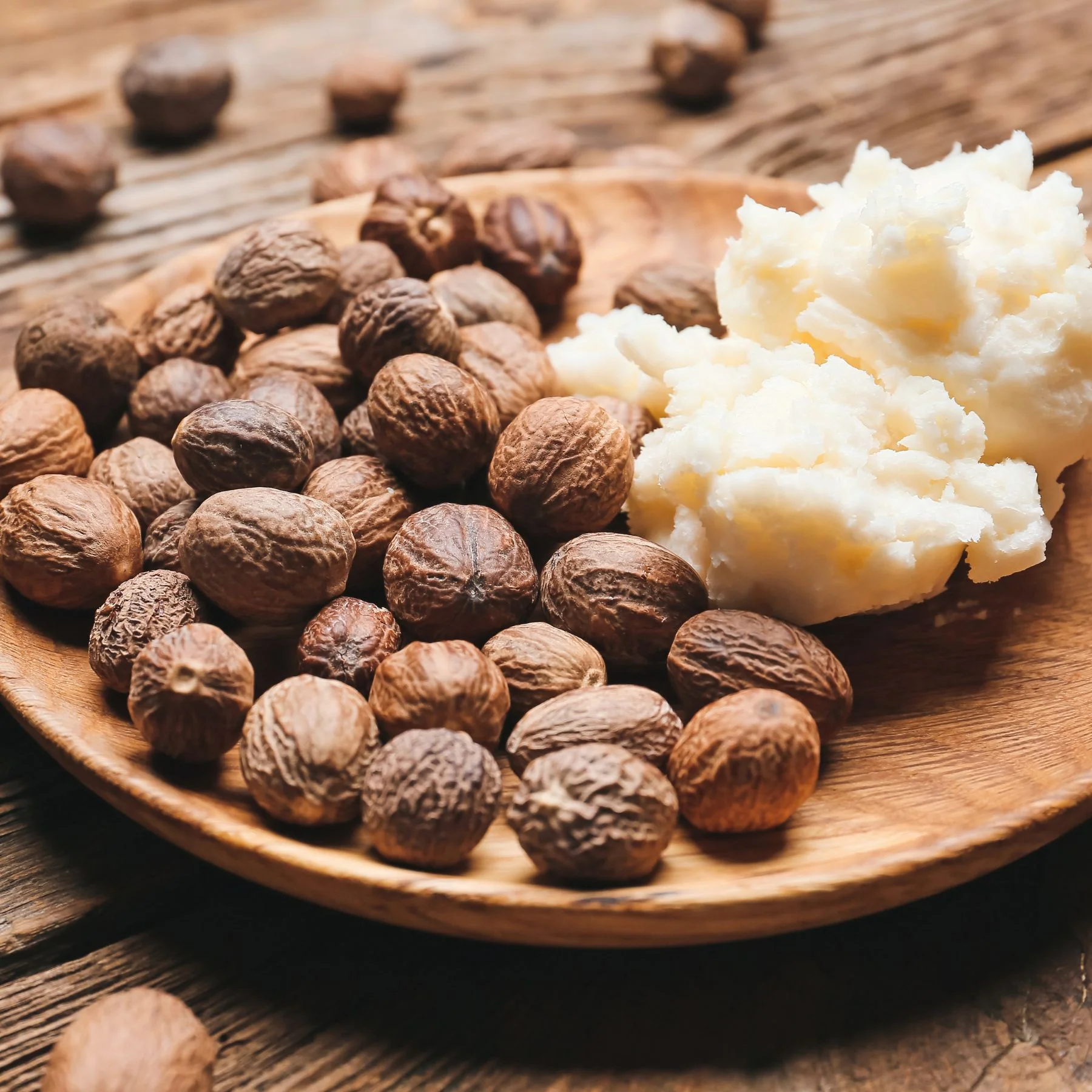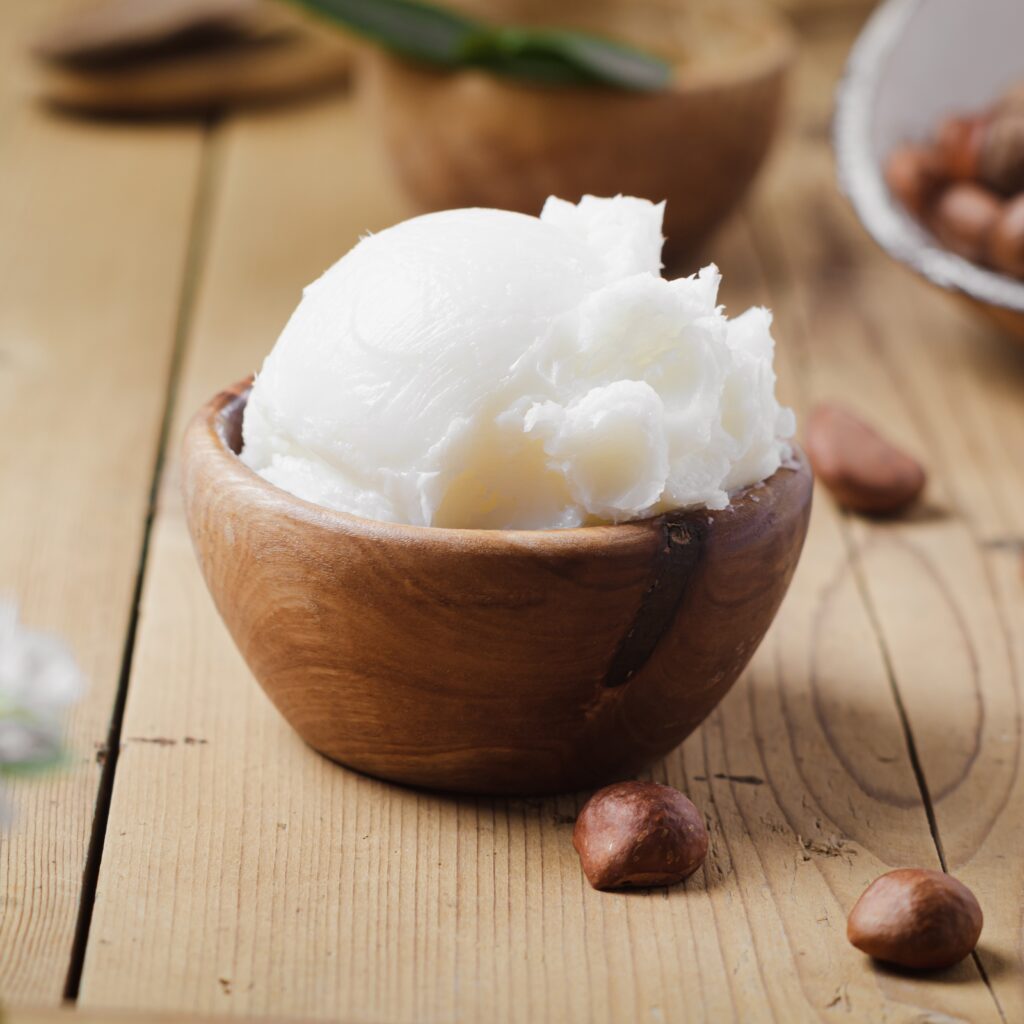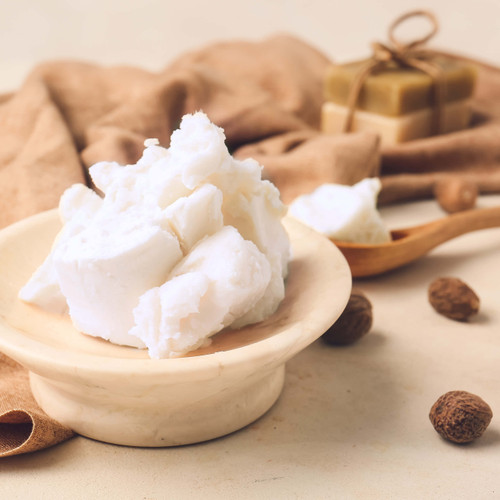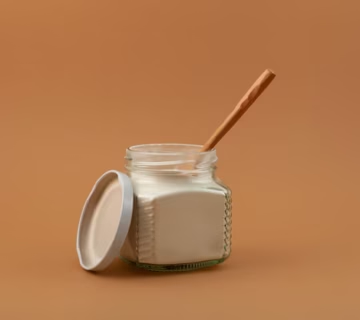In today’s competitive chocolate industry, one question echoes across factory floors and procurement departments alike: how can we reduce production costs without compromising flavor, texture, and quality? The answer, for many forward-thinking manufacturers, lies in a single innovation — the cocoa butter substitute (CBS).
Cocoa butter substitutes have revolutionized the way chocolate and confectionery products are produced at scale. These alternatives, derived from carefully processed vegetable fats, offer a blend of performance, stability, and cost-efficiency that natural cocoa butter simply can’t always match — especially in high-volume industrial applications.
At MT Royal, we’ve worked closely with chocolate manufacturers worldwide, and we’ve seen how selecting the right substitute can transform a production line — reducing waste, improving consistency, and maintaining that signature melt-in-the-mouth feel consumers love.
This article dives deep into everything a manufacturer needs to know about cocoa butter substitutes for chocolate — from technical fundamentals and production insights to brand selection, procurement best practices, and the subtle art of balancing quality with economy.
Understanding Cocoa Butter Substitutes (CBS)
Cocoa butter substitutes (CBS) are vegetable fat-based ingredients engineered to mimic the physical and sensory properties of cocoa butter. They are typically produced from fractionated oils such as palm kernel oil, coconut oil, or other lauric-based fats.
Unlike natural cocoa butter, which can fluctuate in price and availability due to crop cycles, CBS provides stable cost structures, predictable performance, and excellent shelf life.
From an industrial standpoint, CBS falls under three main categories:
| Type | Composition | Key Application |
|---|---|---|
| Cocoa Butter Substitutes (CBS) | Lauric-based (from palm kernel or coconut oil) | Compound coatings, confectionery, molded bars |
| Cocoa Butter Equivalents (CBE) | Non-lauric fats compatible with cocoa butter | Premium blends, partial cocoa butter replacement |
| Cocoa Butter Replacers (CBR) | Non-lauric, partially compatible | Bakery coatings, economical chocolate coatings |
Each has unique melting profiles, crystallization behaviors, and processing parameters. Selecting the right one depends on your product formulation, machinery setup, and target market.
Why Manufacturers Are Turning to CBS
The global chocolate industry faces several recurring challenges: volatile cocoa prices, inconsistent butter quality, and growing demand for cost-effective production. Cocoa butter substitutes provide a powerful answer to all three.
Here’s why so many large-scale producers are transitioning toward CBS:
- Cost Efficiency: CBS can reduce fat costs by up to 40% compared to pure cocoa butter.
- Thermal Stability: Ideal for hot climates — less melting during storage or transport.
- Processing Flexibility: Shorter tempering times and simplified production lines.
- Consistency: Reliable batch-to-batch performance.
- Shelf Life Improvement: Less prone to bloom and oxidative rancidity.
We’ve seen factory managers report smoother production runs after integrating CBS, especially when moving from artisanal to industrial scales. It’s not just a matter of substitution — it’s a strategic upgrade in manufacturing reliability.
The Science Behind Cocoa Butter Substitute Production
Producing CBS is both a chemical and culinary art. The process typically involves:
- Oil Fractionation: Separating vegetable oils into solid (stearin) and liquid (olein) fractions.
- Hydrogenation (for select fats): Adjusting melting behavior by converting unsaturated bonds.
- Interesterification: Reconfiguring fatty acid chains to achieve cocoa butter–like crystallization.
- Purification & Deodorization: Ensuring a neutral taste and color profile.
- Standardization: Blending batches to maintain consistent performance parameters.
Spanish manufacturers like Latamarko have become known for precision in these processes — setting benchmarks for consistency and purity. Their refined control over fractionation temperatures and interesterification ratios allows for fats that replicate cocoa butter’s iconic snap and gloss, while offering far superior stability under industrial conditions.
Applications in Chocolate Manufacturing
Cocoa butter substitutes are not merely additives; they redefine chocolate production.
They are primarily used in:
- Compound coatings for confectionery and bakery items
- Molded chocolate bars and decorative pieces
- Chocolate compound chips for baking
- Ice cream coatings and enrobed desserts
- Instant drink powders (for mouthfeel and solubility enhancement)
For instance, a large-scale chocolate wafer line in Southeast Asia recently reduced its production costs by 25% after switching from pure cocoa butter to a CBS blend — without altering taste or consumer perception.
Quality Considerations for Factory Use
When integrating CBS into a production system, several quality factors demand close attention:
- Melting Point & Crystallization: Should align with the end-product’s storage and distribution climate.
- Flavor Neutrality: A clean fat profile ensures cocoa solids dominate the taste.
- Compatibility: Check whether your CBS is lauric or non-lauric; this determines whether it can be blended with cocoa butter.
- Processing Equipment Calibration: Adjust tempering temperatures (usually 28–31°C for CBS chocolates).
- Storage & Packaging: Protect from moisture and UV exposure to preserve integrity.
In our experience supplying manufacturing facilities, even minor calibration differences can affect final texture and gloss — especially for molded chocolate lines. Factory trials are essential before scaling up.
Comparing Cocoa Butter and Its Substitutes
| Feature | Cocoa Butter | Cocoa Butter Substitute (CBS) |
|---|---|---|
| Source | Cocoa beans | Palm kernel, coconut, or blended oils |
| Cost | High and volatile | Stable and lower |
| Temper Control | Requires precise tempering | Easier to process |
| Shelf Life | Moderate | Longer |
| Compatibility | Fully compatible with cocoa mass | Partial (depends on lauric content) |
| Consumer Perception | Premium, natural | Neutral to positive when used correctly |
While purists argue that nothing can replace the aroma of real cocoa butter, modern CBS technology has narrowed the sensory gap to near invisibility for most consumers — particularly in mass-market confectionery.
Common Mistakes in Industrial Procurement
Even experienced buyers sometimes make costly errors when sourcing CBS. The most frequent pitfalls include:
- Ignoring Compatibility: Mixing lauric CBS with cocoa butter can cause fat bloom.
- Choosing Based on Price Alone: The cheapest fat often compromises product quality.
- Skipping Trials: Every production line behaves differently — always test new batches.
- Lack of Supplier Traceability: Poor sourcing transparency can affect consistency and certifications.
At MT Royal, we’ve seen how proactive supplier communication saves manufacturers from expensive reformulations. By understanding both the chemistry and the business side of fat systems, procurement managers can secure long-term value, not just short-term savings.
How to Choose the Right Cocoa Butter Substitute
Selecting the ideal CBS for your chocolate application depends on several factors:
- Type of Product: Bars, coatings, fillings, or inclusions.
- Regional Climate: Warm climates favor higher melting-point CBS.
- Production Equipment: Compatibility with depositor and tempering systems.
- Desired Texture & Gloss: Determines the required crystallization curve.
- Cost Structure: Aligns with your pricing strategy and target market.
For premium chocolate applications, European-engineered fats, especially from Spain’s Latamarko, have earned reputations for delivering a consistent crystalline structure and sensory performance even under challenging conditions.
Sustainability and Ethical Sourcing
The shift toward CBS isn’t just economic — it’s also environmental. As global demand for cocoa continues to rise, sustainable sourcing of vegetable-based alternatives helps reduce pressure on cocoa farms.
Modern manufacturers now emphasize:
- RSPO-certified palm kernel oils
- Traceable supply chains
- Reduced carbon footprint through efficient refining
This alignment between sustainability and profitability marks a new era in industrial chocolate production.
Industry Insights: The Economics of Substitution
The market for cocoa butter substitutes is projected to exceed $3 billion globally by 2027, driven by the compound chocolate segment and innovations in palm oil fractionation.
For manufacturers, the economics are clear:
- Lower raw material volatility
- Predictable procurement cycles
- Improved batch yield and throughput
A European confectionery producer once reported a 15% reduction in production downtime after switching to CBS, thanks to simplified tempering and reduced clogging in enrobers — a testament to how ingredient design can directly impact operational efficiency.
Real-Life Factory Example
In one case study, a mid-sized chocolate manufacturer in the Middle East faced seasonal issues: high ambient temperatures were causing surface bloom during distribution. After consulting with our technical team at MT Royal, they replaced part of their cocoa butter content with a Latamarko CBS blend featuring a melting point of 36°C.
The result? A 60% reduction in summer returns, better gloss retention, and no noticeable change in flavor profile. The plant manager described it as “a turning point in our export reliability.”
Practical Guide: Integrating CBS into Production
Step 1 – Analyze Current Formulation
Identify how much cocoa butter can be safely replaced (usually 100% for compound chocolate or 20–25% in blends).
Step 2 – Select the Right Type
Choose CBS, CBR, or CBE based on product requirements.
Step 3 – Conduct Pilot Trials
Run small-batch tests to fine-tune melting and tempering parameters.
Step 4 – Adjust Processing Conditions
CBS-based chocolates generally require lower working temperatures and shorter tempering times.
Step 5 – Evaluate Shelf Life & Sensory Quality
Track bloom resistance, flavor neutrality, and appearance over 4–6 weeks of stability testing.
Frequently Asked Questions (FAQ)
Q1: Can cocoa butter substitutes completely replace cocoa butter in chocolate?
Yes, for compound chocolates. However, for couverture or premium bars, partial substitution with CBEs is more suitable.
Q2: Do CBS-based chocolates taste different?
When formulated correctly, most consumers cannot distinguish between pure cocoa butter and CBS blends.
Q3: What are the main regulatory considerations?
Labeling standards vary by country; typically, products using CBS cannot be labeled as “real chocolate.”
Q4: How do I avoid fat bloom when using CBS?
Never mix lauric CBS with cocoa butter. Maintain proper cooling and storage temperatures.
Q5: What’s the best CBS brand for industrial use?
European and Asian suppliers lead the market, with Latamarko recognized for premium performance and reliability.
The Role of MT Royal in Industrial Supply
At MT Royal, we supply manufacturers with a comprehensive portfolio of cocoa butter substitutes, ensuring both cost-effectiveness and top-tier performance. We understand the challenges factory managers face — from seasonal consistency to batch traceability — and provide technical guidance alongside reliable sourcing.
We’ve worked with production facilities across diverse industries, helping them find the perfect balance between efficiency, taste, and economics. Whether you’re scaling up a compound chocolate line or reformulating for a new market, our team ensures every kilogram of fat you purchase delivers maximum value.
Looking Ahead: The Future of Chocolate Fat Systems
As manufacturing evolves, cocoa butter substitutes will continue to play a crucial role in driving innovation, stability, and sustainability. New generations of CBEs and CBS blends are already being developed with enzymatic interesterification and precision fractionation, offering even closer sensory parity to natural cocoa butter.
The next decade of chocolate production won’t be defined by compromise — but by optimization. Manufacturers who embrace these modern fat systems today will lead the industry tomorrow.
Final Thought
Every chocolate product tells a story — of sourcing, science, and craftsmanship. Choosing the right cocoa butter substitute isn’t just a formulation decision; it’s a strategic move that affects efficiency, quality, and brand trust.
And as suppliers like MT Royal continue connecting manufacturers to the world’s most reliable producers — including Spanish innovators like Latamarko — the future of chocolate manufacturing looks not only sustainable but deliciously efficient.








No comment